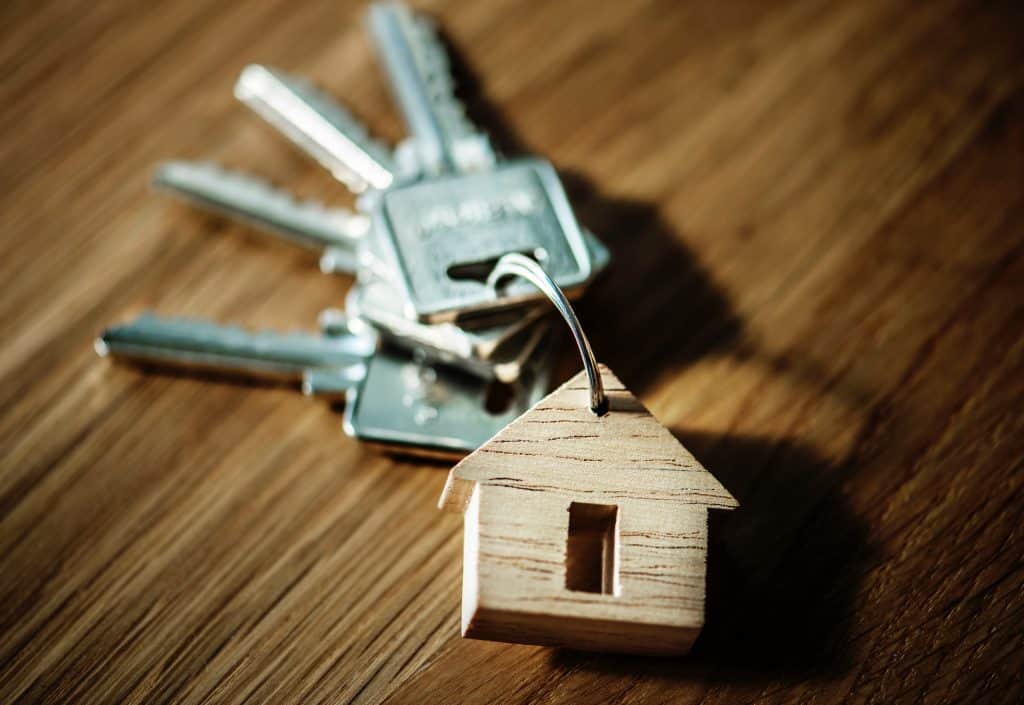
Good debt? Bad debt? Is there really a difference? It depends on who you talk to. Today, I’ll talk about these two classifications of debt and more specifically, the two schools of thought of debt.
School #1: Debt is to never be used.
As a Total Money Makeover guy, I have learned how debt is associated with risk. As Dave Ramsey says, “All bankruptcies have involved debt.” Obviously no one who has ever declared bankruptcy was debt-free. So do not borrow ever…
Be not thou one of them that strike hands, or of them that are sureties for debts. - Proverbs 22:26 Share on X
The only form of debt that TMMO makes an exception for is the 15-year fixed rate mortgage, and the as housing-to-net income ratio is 25% to 35%. Personally, we’re paying our 30-year like a 15-year, because we already had our 30-year fixed rate mortgage when we began TMMO. Rates have increased, so switching to a higher rate to reduce our term made no sense.
Other than that, TMMO preaches saving up to pay cash for everything else — cars, boats, real estate rentals, etc. The belief is that what you own, you can’t lose.
School #2: Debts used to buy “assets” are constructive.
Another best-selling author is Robert Kiyosaki. He wrote the book Rich Dad Poor Dad in the late 1990’s. Like Dave Ramsey in The Total Money Makeover (TMMO), Kiyosaki does not believe in borrowing money to buy what he calls “doodads.”
Whether they’re called “doodads” or “stuff with engines,” both experts agree that borrowing money to buy things that go down in value is a bad idea. You wouldn’t borrow money to invest in a company’s stock that you knew was going to tank, would you?
The other nuance is Kiyosaki’s definition of an asset. He says your house is not an asset; it deducts from your cash flow. There are four classes of assets that generate cash flow: businesses, real estate rentals, paper, and commodities.
Paper includes stocks, bonds, ETFs, mutual funds, and so forth. Kiyosaki says that these are for poor people. Commodities includes gold (and other precious metals), oil, and so on. He clarifies that he does not own gold and oil “paper” but physical gold and oil wells.
And the big difference is that Kiyosaki believes in using OPM (Other People’s Money) to buy these things. Borrowing to buy “assets” is completely okay in his view. In fact, I recently heard him tell a millennial student that he has about $600 million in debt.
So he says the rich use debt to buy assets and eliminate the need for a paycheck.
Final word…
I think people need to build financial intelligence. And I think they need to do it through reading, mentors, and courses. I agree with Kiyosaki that schools teach us to be employees, so we need to self-educate.
But whether an individual harnesses the power of financial leverage (a.k.a. debt) is a matter of personal preference and level of risk tolerance.
What is your opinion on “good” debt versus “bad” debt?